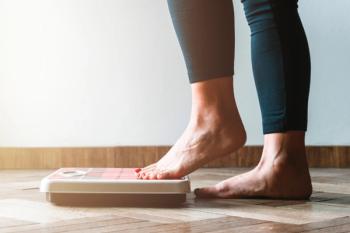
|Articles|December 23, 2021
Pharmacy Clinical Pearl of the Day: Flatfeet
Author(s)Saro Arakelians, PharmD
Flatfeet develop after an injury or from the simple wear-and-tear stresses of age.
Advertisement
Clinical Pearl of the Day: Flatfeet
You have flatfeet when the arches on the inside of your feet are flattened, allowing the entire soles of your feet to touch the floor when you stand up.
Insight:
- A common and usually painless condition, flatfeet can occur when the arches don't develop during childhood.
- In other cases, flatfeet develop after an injury or from the simple wear-and-tear stresses of age.
- Flatfeet can sometimes contribute to problems in your ankles and knees because the condition can alter the alignment of your legs.
- A flat foot is normal in infants and toddlers because the foot's arch hasn't yet developed.
- Most people's arches develop throughout childhood, but some people never develop arches.
- Some children have flexible flatfoot, in which the arch is visible when the child is sitting or standing on tiptoes but disappears when the child stands. Most children outgrow flexible flatfoot without problems.
- Risk factors may include obesity, injury to the foot and ankle, rheumatoid arthritis, aging and diabetes.
- Diagnosis may include visual check, X-ray, CT-scan, Ultrasound, and MRI.
- Treatment may include arch support, stretching exercises, supportive shoes, and physical therapy.
Sources:
Newsletter
Stay informed on drug updates, treatment guidelines, and pharmacy practice trends—subscribe to Pharmacy Times for weekly clinical insights.
Advertisement
Latest CME
Advertisement
Advertisement
Trending on Pharmacy Times
1
2025 FDA Approvals Highlight the Growing Role of Biomarkers in Breast Cancer
2
IRAKLIA Trial Shows Body Weight Doesn’t Alter Outcomes With On-Body Injector Isatuximab
3
SABCS 2025 Roundup: Advancing Therapy and Precision Care in Breast Cancer
4
Advancing Precision Oncology: Perspectives for Pharmacists on MRD Testing and Diagnostic Innovation
5


















































































































































































































